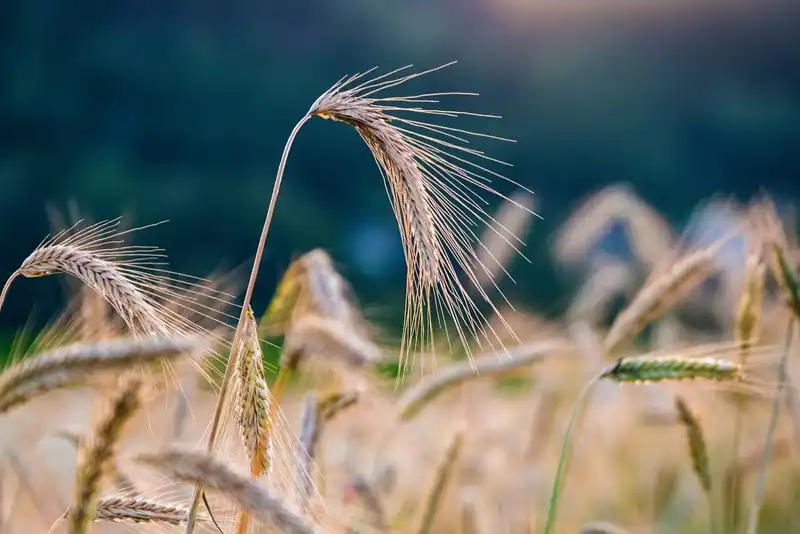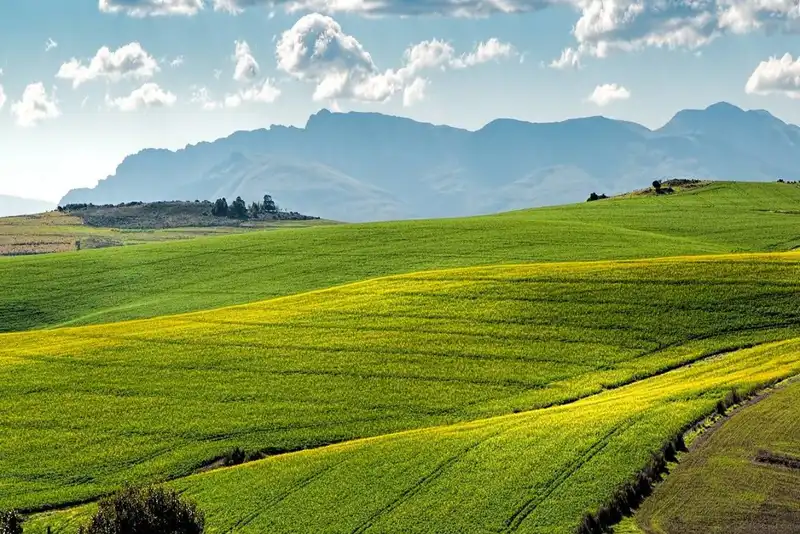Crop Rotation Examples
What is Crop Rotation?

Crop rotation is a farming technique where crops are planted in different plots of land every year. The practice is to maximize healthy soil, ensure strong crop growth, and reduce the probability of a weed or pest infestation. If a farmer plants sweet corn in the field, after the harvest he will rotate the crops and plant something else in the field. Sweet corn is used in this example, a new crop might be beans. Where corn takes up a lot of nitrogen as it grows, beans are considered good for nitrogen-fixing. When deciding on a rotation plan, it might be complex involving many crops or just a simple strategy with two or three crop rotations.
Plants and crops grown have varied nutritional differences and need certain nutrients to grow. There are also some crops that are more susceptible to pest or weed infestation. Usually, in traditional farming methods, the same crops are planted on the same patch of land each year. When this is the case, the soil loses its nutrients over time. This makes it a more hospitable environment for disease to grow or pests to make their home. As these monocultures increase, using more pesticides and chemical fertilizers is needed to control the problem.
Examples of Crop Rotation
Each farm has different needs depending on its production level, soil fertility, climate conditions, and resources. Therefore, a rotation schedule will vary based on these elements. Some ideas used in the past are as follows.
Early in the first part of the 20th century, farmers relied on a crop rotation of five-to-seven years. These crop rotations were popular within the northern Midwest and the Northeast. The rotation schedule often looked like this-
- First Year- Corn
- Second Year- Oats (mixed legume grass hay seeded)
- Years 3-5- Mixed grass-legume hay
- Years 6-7- Pasture
In the Midwest regions known for corn production, crop rotations depended on the availability of pesticides and fertilizers. The Thompson mixed crop-livestock rotation looked like this-
- Year 1- Corn
- Year 2- Oats (mixed/grass hay seeded)
- Years 3-8- Pasture
In Virginia, a four-year rotation that used no-till practices prompted research. By fall, a cover crop of rye and hairy vetch followed tillage. The cover crop showed some success for weed control.
Crop rotation is an important concept that is imperative for organic farms using sustainable agriculture. Disease prevention on organic farms is reliant on crop rotations. Its similarly helpful for the management of weeds.
Production of organic crops relies on nutrients released from organic matter found in healthy soil, green manure, or cover crops. As such, it's important to regularly rotate crops within the soil that has large amounts of organic matter. To take advantage of the benefits from crop rotation, organic farmers often grow diverse crops. It's not uncommon for over ten to thirty different species of crops to be grown on a single farm.
With this in mind, it makes implementing a crop rotation plan more difficult. Many organic farmers don't have a year rotation plan that is followed. Instead, they rely more on crop history and the physical properties of the location. For example, recent organic matter, irrigation, or weed control. Highly skilled organic farmers already know which cover crops they will use well ahead of schedule.
Crop Rotation Wrap-Up

- Dividing a farm with crop rotation in mind increases the effectiveness of crop growth each year.
- Rotation plans make it easier to maintain the rotating crops. It also provides a history of crop rotation and the benefits achieved.
- Organic farms that use sustainable agriculture are dependent on proper crop rotation.




